10 must-shoot events for astrophotographers in 2025
From Northern Lights to total lunar eclipses, these are the 10 events astrophotographers should shoot this year
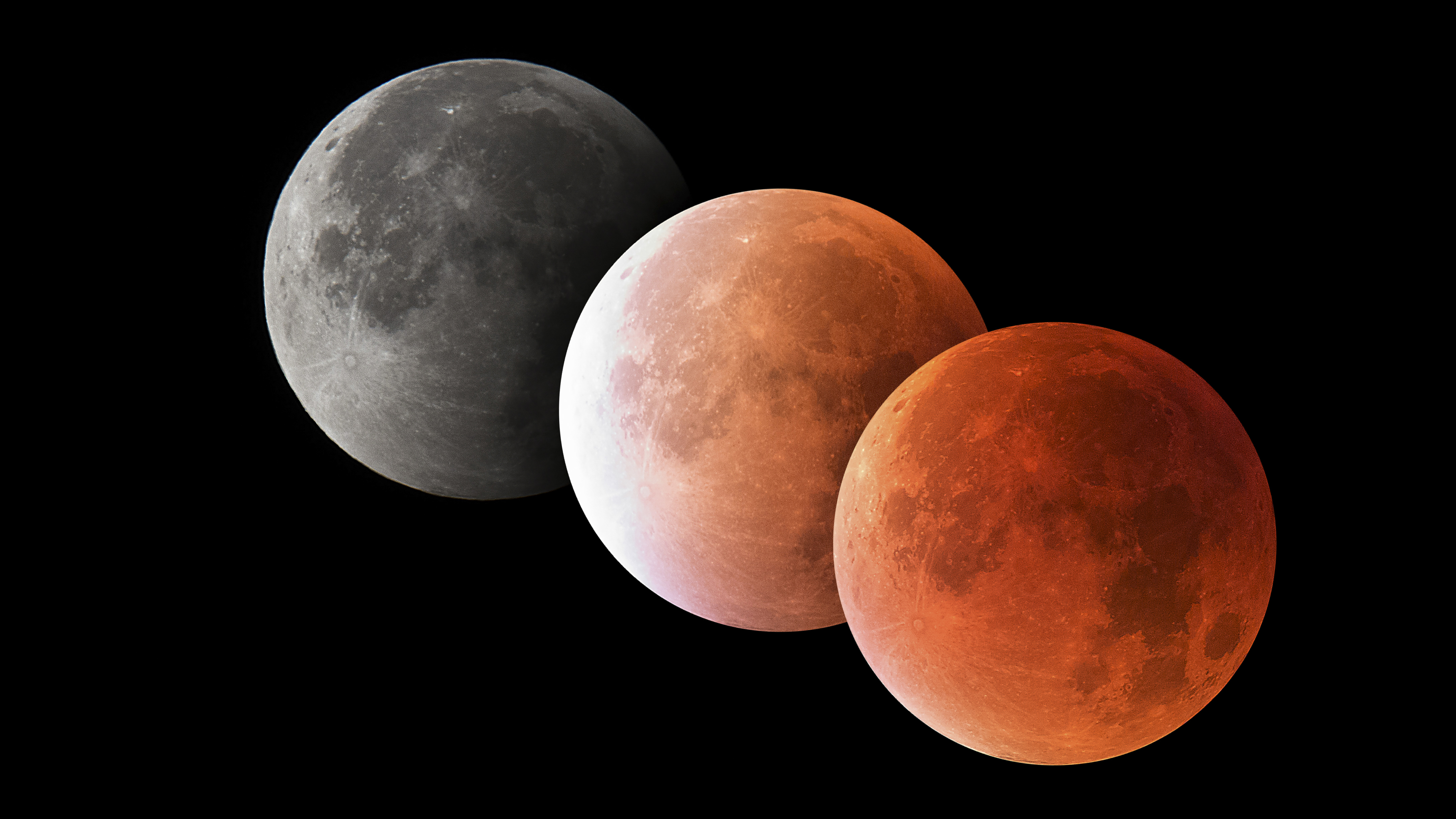
Last year was an exciting one for casual and aspiring astrophotographers, with Northern Lights in the US and UK, the arrival of comet Tsuchinshan-ATLAS and, of course, that total solar eclipse in North America making headlines in 2024.
Over the next 12 months, expect even more southerly displays of the aurora borealis, a dramatic "sunrise eclipse," plenty of pretty planetary views and some magical moonless meteor showers.
Here are the 10 biggest astrophotography opportunities to circle on your calendar in 2025…
1) January 16 – Mars at opposition
After 26 months, the Red Planet finally comes to opposition, when it will be at its most prominent, shining at magnitude -1.4. Its disk will be 100% illuminated as seen from Earth as it passes between the sun and our planet. Mars at opposition is the best time to observe and image the fourth planet, its disk reaching 14.5 arcseconds in size. It's sure to have astrophotographers reaching for their planetary cameras.
2) January 03, February 01 and March 03 – Crescent moon meets Venus
The classic sight of a slender waxing crescent moon creeping past the brightest planet in the sky is offered on three evenings early in 2025. Look west as soon as the sun sets, and look for reflected light, called "Earthshine," on the moon's dark side. Make sure to read up on when to photograph the moon.
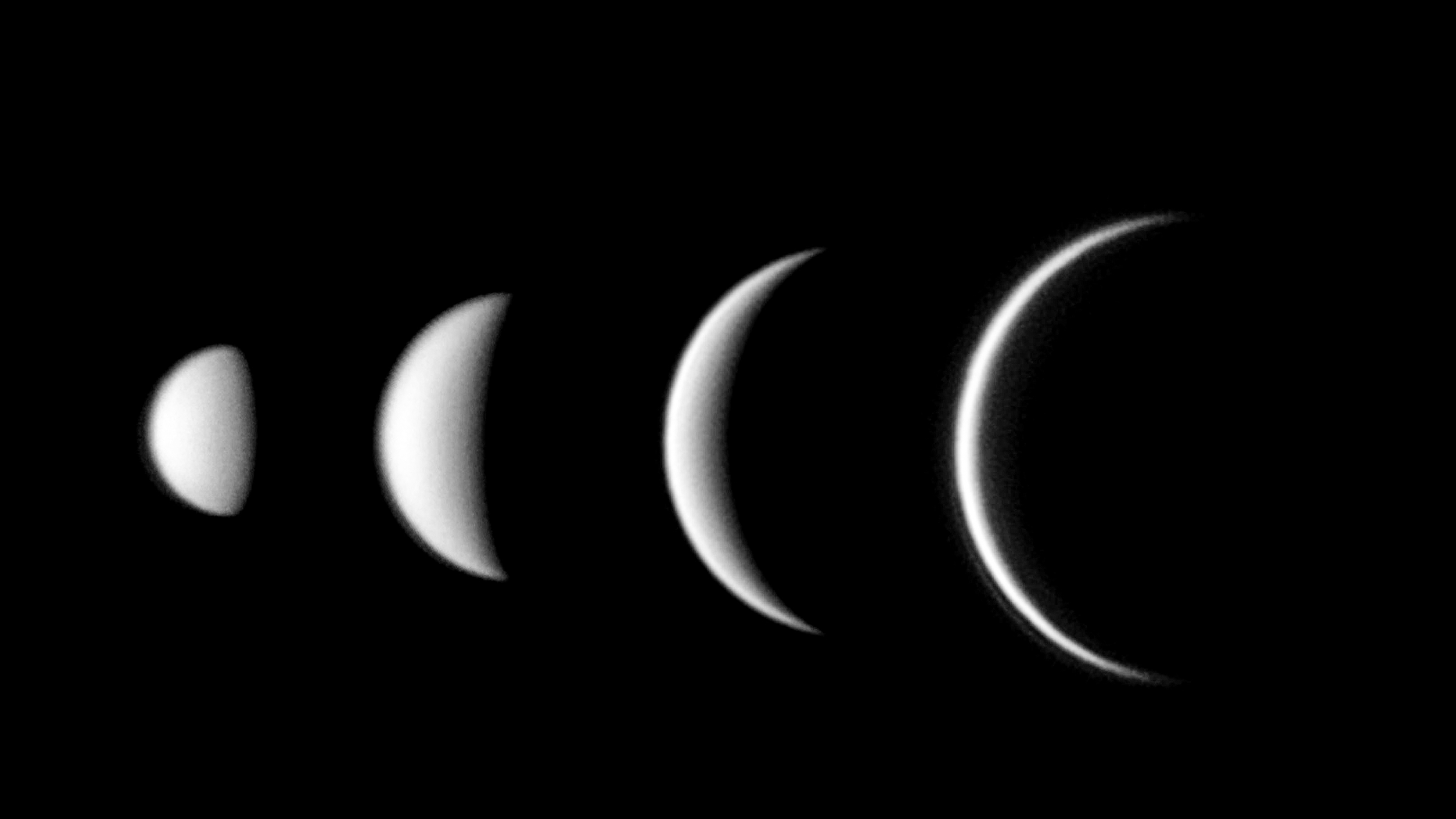
3) January 11 - February 19 – Venus as a crescent
Astrophotographers will get the chance early in 2025 to watch the post-sunset sky as Venus, over a month or so, shrinks from being half-lit to a slim 23%-illuminated crescent. As a consequence of it getting closer to Earth, this period of what astronomers call dichotomy will cease with the "Evening Star" planet shining at its brightest (magnitude -4.9) a few weeks before it sinks into the sun's glare. It will emerge as the "Morning Star" in April.
4) January 18 – Saturn and Venus in conjunction
In an event that will be observable from anywhere on Earth, Saturn and Venus will appear to get to within just two degrees of each other. The action will take place after sunset in the southwest in the post-sunset sky, but it won't be a fair fight; Saturn will shine at magnitude +1.1, while Venus will blaze away at magnitude -4.6.
Get the Digital Camera World Newsletter
The best camera deals, reviews, product advice, and unmissable photography news, direct to your inbox!
5) March 13-14 and September 08 – Total lunar eclipses
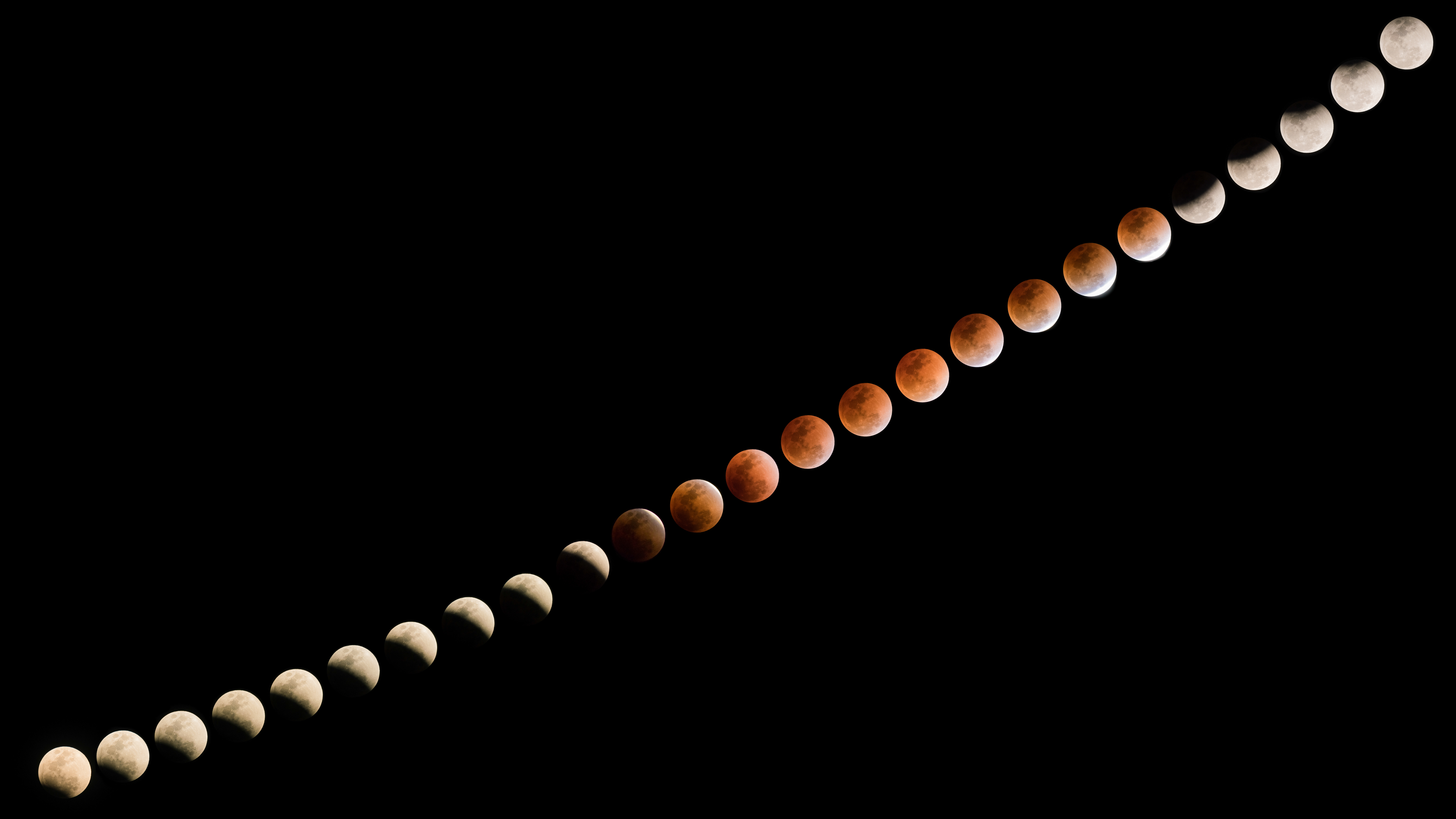
They're the first so-called Blood Moons (despite being orangey-pink in color) since 2022, but only North Americans will get a great view of lunar totality in 2025. From North America, March's total lunar eclipse will occur in the middle of the night, with totality lasting 65 minutes. That's as perfect as it gets.
The price, however, is that North America will see nothing whatsoever of September's repeat performance. Europeans will see the setting full moon totally eclipsed in March and the rising full moon totally eclipsed in September.
6) March 29 – Partial solar eclipse
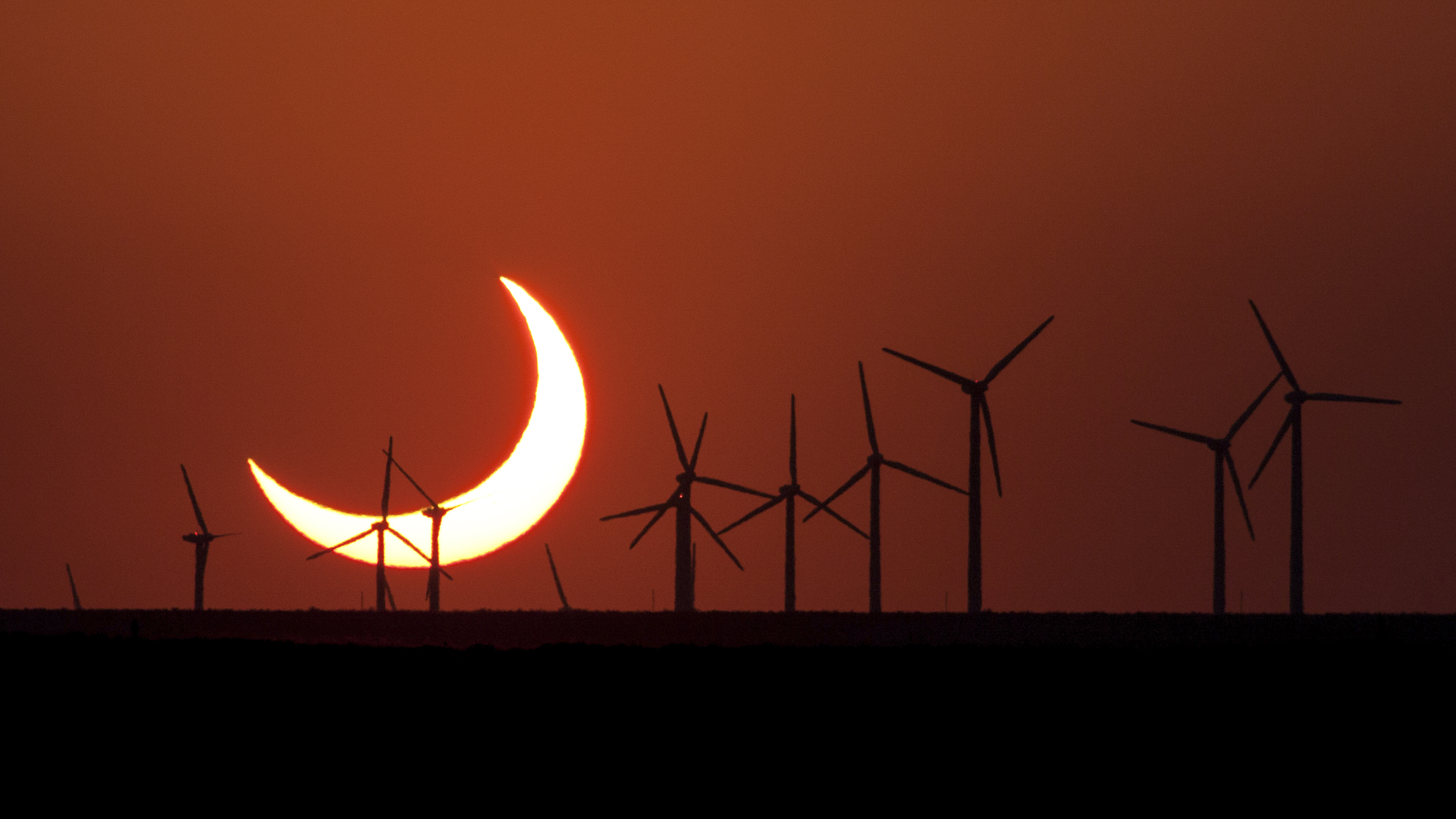
Although it won't be as famous, nor as dramatic, as 2024's total solar eclipse, North Americans with an adventurous side – and willing to travel to Maine or to Canada's provinces of New Brunswick or Quebec – may snag a unique image of a sunrise more than 80% eclipsed by the moon. The chances of a clear sky, however, are not good.
In Europe a small partial eclipse will be visible, with about a third of the sun blocked by the moon as seen from the UK. If you're feeling brave, and fancy using your phone, check out these 7 ways to photograph the solar eclipse with your smartphone.
7) August 12 – Venus and Jupiter in conjunction
An early start will be required to capture one of the most beautiful planetary conjunctions of 2025. Venus, as the bright "Morning Star," and Jupiter will appear just 52 arc minutes apart – a very close conjunction by any standards. There's also a warm-up; on July 21 and 22, the "King of Planets" will join Venus and a crescent moon in the pre-dawn sky.
8) November 05 – A brilliant 'Super Beaver Moon'
Supermoons are not rare. If you define them as about 10% closer to Earth than other full moons, there are typically four each year – that's a third of all full moons! However, some are exceptionally close and significantly larger and brighter than average. November's full moon in 2025 will be the closest full moon since 2019. Make sure to learn how to photograph the full moon before firing up your camera!
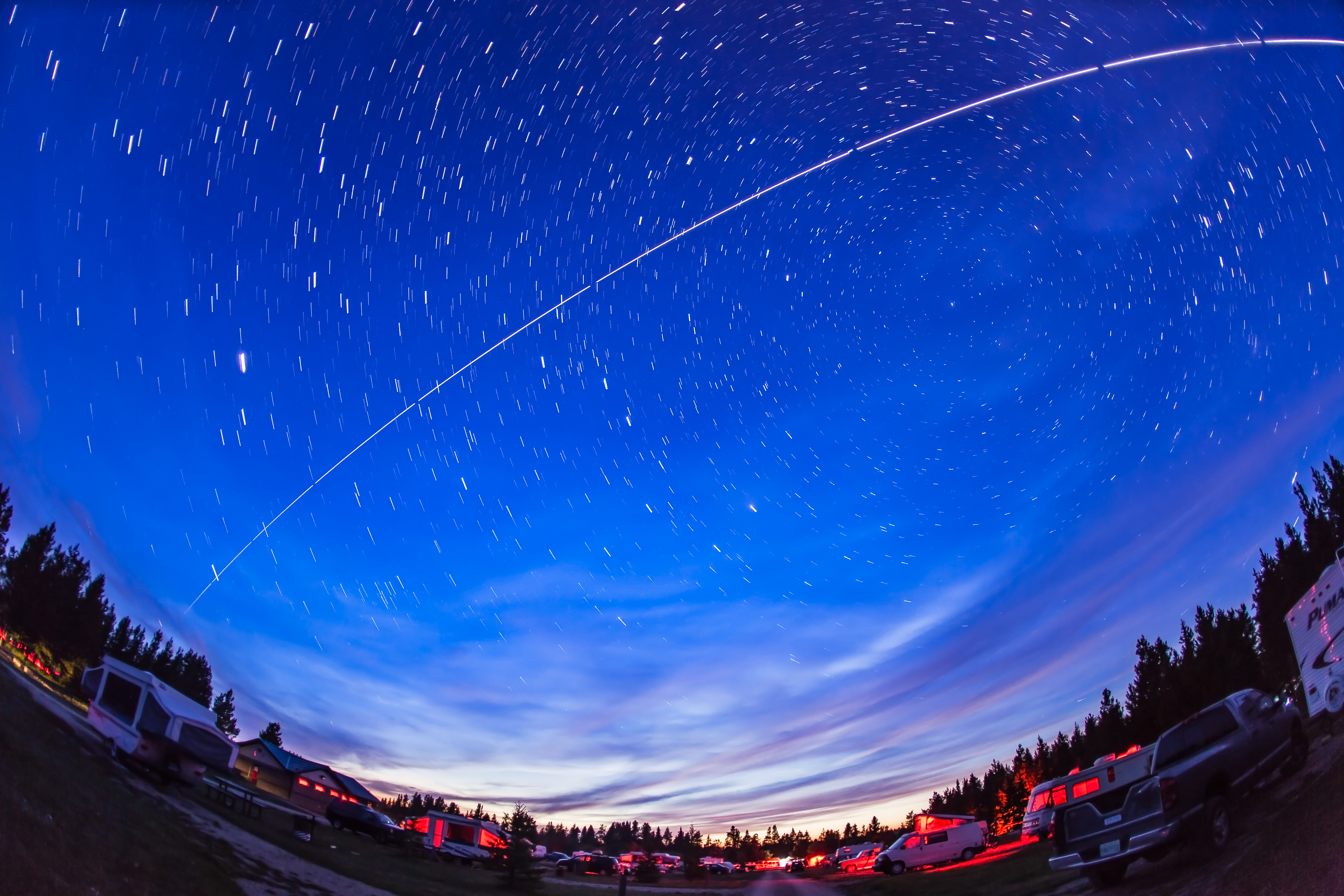
9) November 02 – International Space Station at 25
Have you ever imaged the ISS as it crosses the night sky? A simple long-exposure image can help you do that as long as you're armed with the precise details of when and where it will appear. You can get that at NASA's Spot the Station service, and there's a good reason to do it in 2025: the orbiting space station celebrates 25 years of continuous occupation since its first long-term residents, Expedition 1, arrived on November 02 2000. Here's how to photograph the International Space Station.
10) December 13-14 – Geminid meteor shower
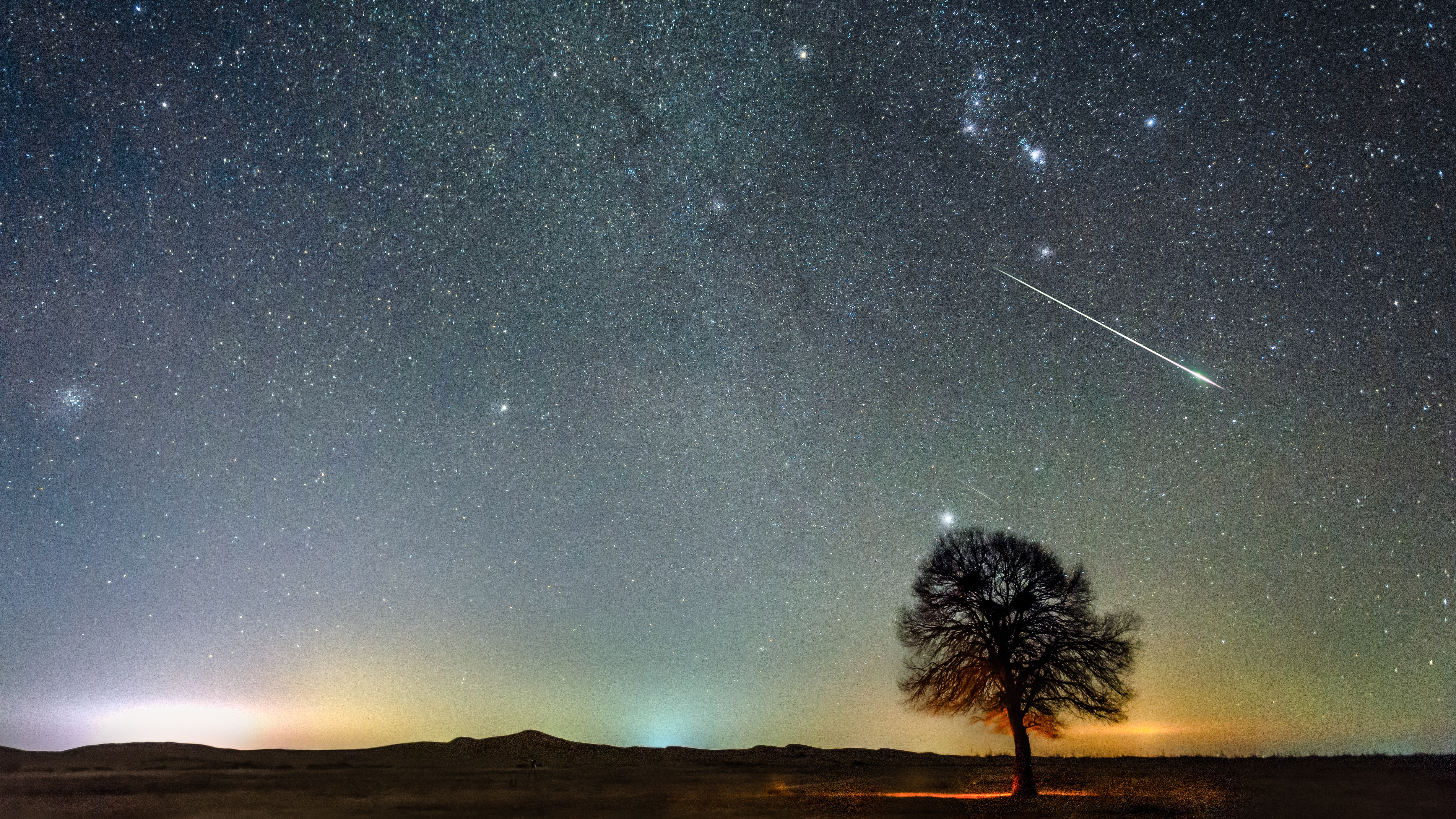
With the Perseid meteor shower 2025 marred by strong moonlight, the Geminids will be the "shooting stars" to watch in 2025. From December 04-17, the peak rate of meteors – which can reach 120 per hour – will occur overnight and appear to come from the constellation Gemini.
The result of dust and debris left in the inner solar system by asteroid 3200 Phaethon, the Geminid shower is uniquely colorful, with its "shooting stars" appearing white, yellow, green, red and blue. Get ready by studyng our how to photograph a meteor shower guide.
You may also like…
Make sure to arm yourself with the best CCD cameras for astrophotography or the best cameras for astrophotography – along with the best lenses for astrophotography.

Jamie has been writing about photography, astronomy, astro-tourism and astrophotography for over 15 years, producing content for Forbes, Space.com, Live Science, Techradar, T3, BBC Wildlife, Science Focus, Sky & Telescope, BBC Sky At Night, South China Morning Post, The Guardian, The Telegraph and Travel+Leisure.
As the editor for When Is The Next Eclipse, he has a wealth of experience, expertise and enthusiasm for astrophotography, from capturing the moon and meteor showers to solar and lunar eclipses.
He also brings a great deal of knowledge on action cameras, 360 cameras, AI cameras, camera backpacks, telescopes, gimbals, tripods and all manner of photography equipment.
